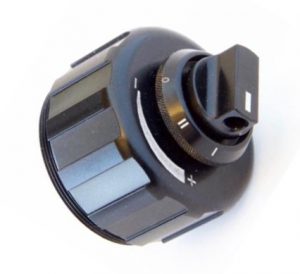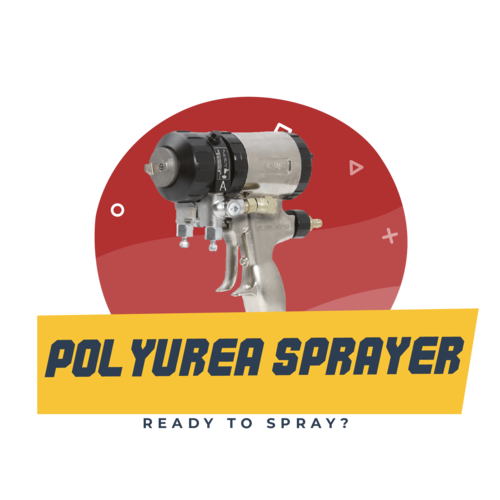
Variable Flow Cap for Graco Fusion
This allows you to adjust the spray gun's output without having to modify the mixing chamber. This device conserves you time the difficulty of taking apart your Variable Flow Cap gun for different areas of the substrate that require different thicknesses.|This saves time and eliminates the need to disassemble your Variable Fluid Cap gun in order to adjust the output for different substrate areas that have different thicknesses.
Spray professionals tend to prefer a lower setting and can quickly toggle between full flow or reduced flow. There are 10 flow settings available on the cap, which can be set to full or limited output.
Spraying around doors, windows, corners and other areas that require less spray to reduce excess can be an example of a situation where regulated flow might prove advantageous.
2.) Overspray Release – Lubricating gun parts is a necessary step in everyday maintenance. Not only does using Overspray Release as a lubricant increase the life of your parts, which can be costly to replace, but it keeps your chemical material running smooth.
3.) Keep Material Warm and Screens Clean – For most people, this is an obvious step. It's easy to forget that even a slight change in the material temperature or a day or so of cleaning screens will make a big difference. It does, we are sure of it! Keep your material at the right temperature and heat, according to the manufacturer. Clean your screens after every use.
4.) Polish Side Seal and Mixing Chamber – Your gun's life expectancy will be increased by polishing the side seal and mixing chamber. Sandpaper can be used to remove any particles. The motion also helps prevent uneven sanding.
5.) Fix-It Box –
It is essential to keep a small inventory of commonly used parts in order to maintain your workflow. The Fix-It Box is available for AP2, AP3, APEX, and Fusion. It includes the most commonly needed o-rings that need to be replaced. There's nothing worse than having your gun stolen during a job, and then having to send a worker to pick up emergency parts. ArmorThane gives these to all new applicators in order to provide them with the necessary tools and easy fixes at any time.


























